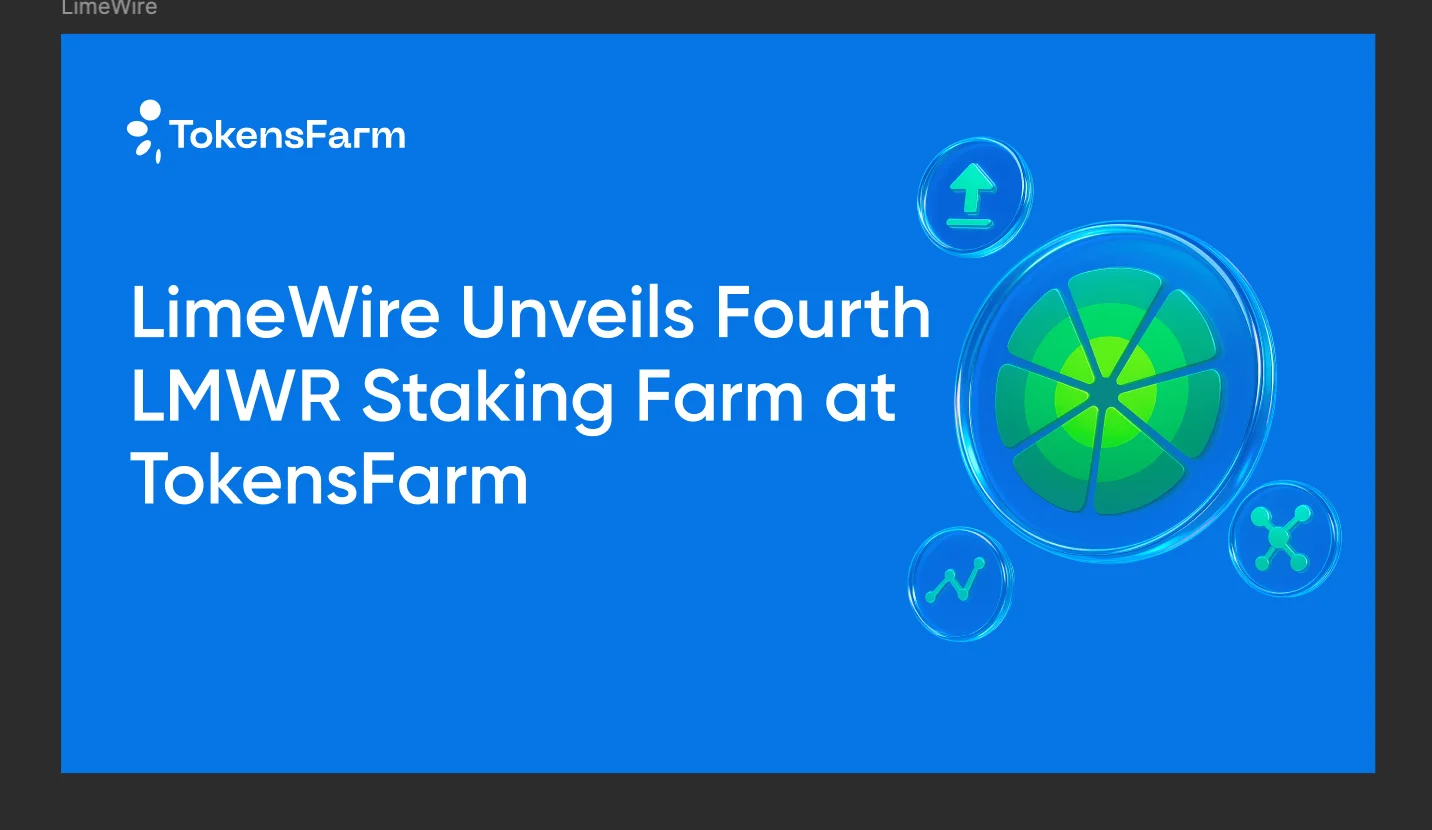LP Mining, LP Farming & the Benefits of Providing Liquidity

One of the most exciting aspects of cryptocurrencies that have emerged in recent years is DeFi, or decentralized finance. In this growing world, many aspects of traditional finance have been rebuilt or adapted for the world of cryptocurrency. DeFi increases transparency and democratizes the opaque, murky, and elitist finance world with smart contracts. DeFi includes lending protocols, flash loans, decentralized exchanges, decentralized stablecoins such as DAI, and providing liquidity.
There are some risks associated with DeFi, such as hacks and exploits. These hacks can be seen as 21st-century bank robberies to a certain degree. While bank robberies occurred in the 20th century, they did not end banking’s popularity and barely put a dent in their profits. Even with the occasional exploit, DeFi grows more robust daily.
As blockchain technology and cryptocurrency adoption grow worldwide, so does the popularity of DeFi. In the near future, it may become a viable competitor to traditional finance and likely surpass it.
DEXs & the Benefits of Providing Liquidity
DEXs or decentralized exchanges are strongly growing in popularity in the cryptocurrency industry. They are an alternative to centralized exchanges, and while some have a small development team behind the DEX, they are far more decentralized. On DEXs, the strict KYC AML policies standard on centralized exchanges are nonexistent. In addition, any token can be listed and traded as long as it operates on the required blockchain and has liquidity.
Most Dexs today use automated market makers or AMMs as opposed to order books. AMMs work with two different pools of tokens as a pair. For example, WBTC/USDT is a popular pair on many DEXs and would require nearly equal pools of both WBTC and USDT. Users in exchange for rewards typically provide the liquidity for these pools. The ability to provide liquidity is a function available in all popular DEXs.
Providing liquidity is usually a profitable venture and is relatively simple compared to other aspects of DeFi. However, a liquidity provider may lose a profit during extreme market volatility. Losses can even occur if one of the tokens in the pair increases sharply in value in a short time frame. When a liquidity provider loses potential profit, it is called impermanent loss. A liquidity provider may still make a profit during this time, but they would have earned more by simply holding the tokens.
The most significant benefits of providing liquidity include passive income and a low entry barrier. When providing liquidity, the provider earns a profit passively without the need to sell the specific token. Anyone can participate and provide liquidity on a DEX, and there is no limitation on the minimum or maximum amount of liquidity a provider can supply.
Liquidity Pool Mining & LP Farming
Providing liquidity for a DEX is typically called Liquidity Pool (LP) mining. Liquidity mining is a type of investment strategy to earn cryptocurrency without the need to sell tokens. The liquidity miner temporarily contributes a token pair to DEX’s automated market maker (AMM) pool to receive rewards. The rewards depend on the terms and the DEX the liquidity provider has chosen.
Rewards for liquidity providers vary depending on the DEX and pool. Liquidity providers receive LP tokens representing the pool percentage they provide. These LP tokens aren’t tradable but are redeemable on the DEX.
On average, roughly 0.25% of the trading fees in that pool are allocated to increasing liquidity. While the liquidity provider’s percentage or share won’t change, the number of tokens within the pool and its value may. Liquidity providers can withdraw their liquidity from the DEX and receive their percentage of token pairs back.
Liquidity Pool farming incentivizes liquidity providers to provide liquidity to a specific pool continuously. In LP farms, liquidity providers stake their LP tokens for a while in exchange for rewards. Staking LP tokens restraints the providers' ability to withdraw their liquidity from the DEX as the LP token is staked. Typically a crypto project provides the rewards seen on LP farms. The rewards are usually in the form of one of the tokens in the pair they provide liquidity for in the pool.
Is Providing Liquidity for you?
Both trading and providing liquidity can involve specific risks. The genuine decisive factor is the token in question. Supplying liquidity can be seen as slightly more secure and safer on average. As there is no need to buy and sell actively, the chances for loss can be lower, even with factors such as impermanent loss.
In relatively stable markets, providing liquidity can be an ideal solution. If you’re considering LP farming, check TokensFarm’s marketplace for some of the best APYs and projects.
About TokensFarm
TokensFarm is the leading cross-chain Farm-As-A-Service provider offering deployable farms that can be live within minutes. TokensFarm’s easy-to-use interface allows projects to incentivize liquidity and reduce a token’s circulating supply. Projects that use TokensFarm gain stability and exposure to around 100k unique users monthly.
TokensFarm supports all EVM chains & DEXs and doesn’t require coding or integration. At the same time, it enables crypto investors to have a one-stop shop to earn a yield on tokens.


.webp)
.webp)


.webp)